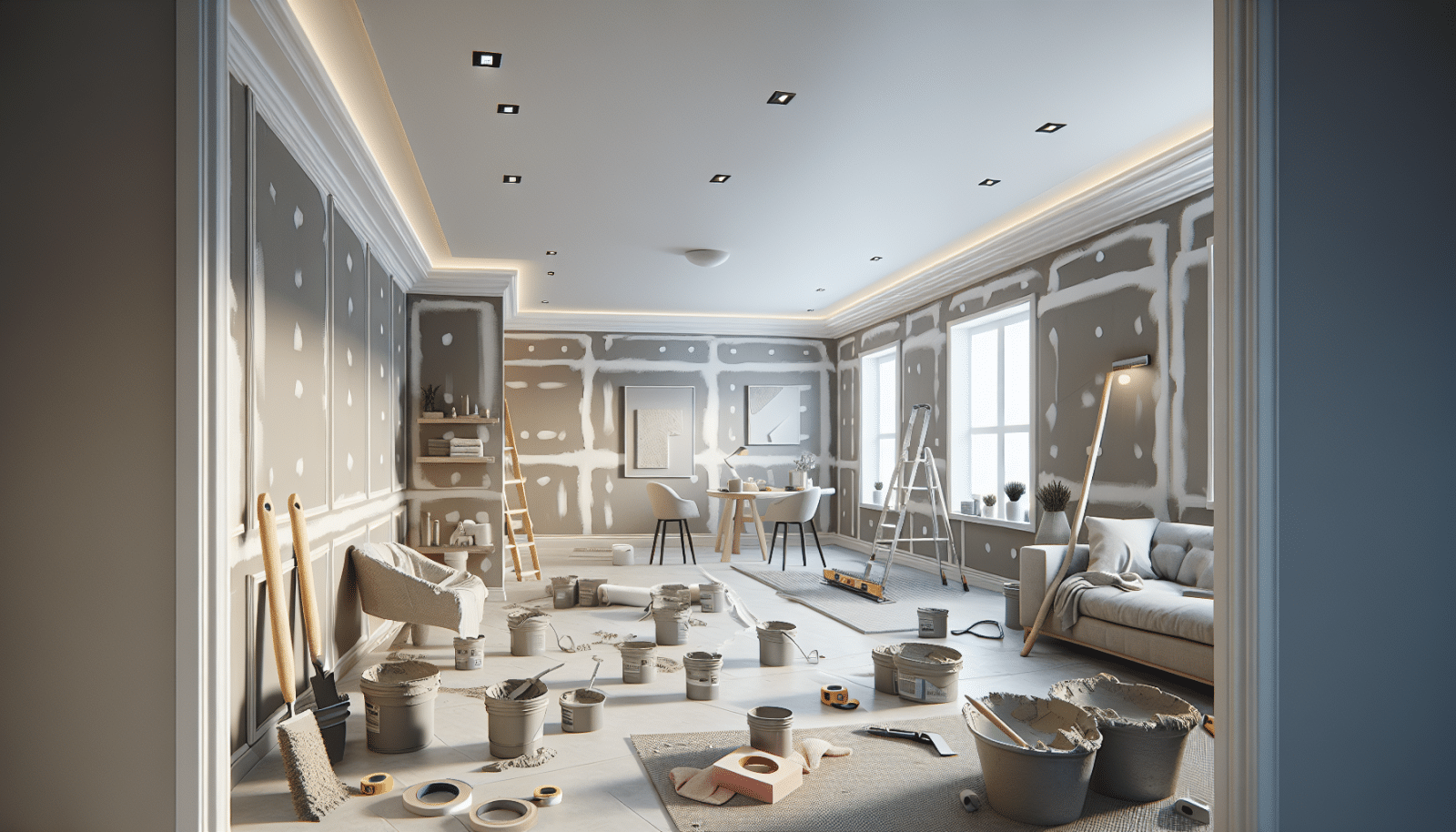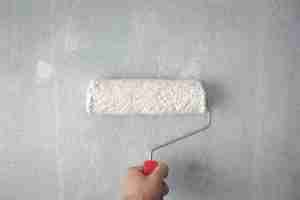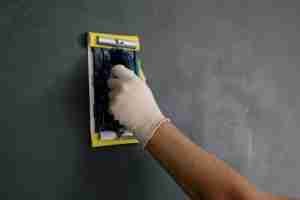At Utah Drywall & Repair, we understand that achieving perfectly smooth drywall Mudding can be a challenge for homeowners. This is why we have compiled this comprehensive guide to help you master the top techniques for smooth drywall mudding. This article will provide practical and actionable tips to help you get professional-looking results on your own.
Contents
- 1 The Importance of Preparing Your Surface
- 2 Choosing the Right Drywall Mud
- 3 Mixing Your Mud Correctly
- 4 The Role of Taping in Mudding
- 5 Applying the First Coat of Mud
- 6 Sanding Between Layers
- 7 Applying Subsequent Coats
- 8 Feathering Techniques for a Seamless Finish
- 9 Preventing Common Mistakes
- 10 Final Sanding and Touch-ups
- 11 Conclusion
The Importance of Preparing Your Surface
Before you even think about applying drywall mud, preparation is key. A well-prepared surface ensures that your mud adheres properly and results in a smooth finish. Uneven or dirty surfaces can cause complications down the line, so make sure to take this initial step seriously.
First, clean the area thoroughly. Remove any dust, dirt, or old paint flakes. Additionally, inspect the drywall for any existing damage like holes or cracks. Fix these issues before moving on. By doing so, you’re setting the stage for a flawless mudding process that will leave your walls looking pristine.
Choosing the Right Drywall Mud
Choosing the right type of drywall mud is crucial for achieving a smooth finish. There are different types of mud available, each suited for specific tasks and purposes. Understanding the differences can make your project much easier and more effective.
Premixed and powdered mud are the two main types available. Premixed mud is convenient and ideal for smaller projects, whereas powdered mud often provides a smoother finish and better workability for larger jobs. Be sure to choose according to your specific needs, and you’ll save both time and effort.
Mixing Your Mud Correctly
Getting the consistency of your drywall mud just right is fundamental. Too thick, and it will be hard to spread. Too thin, and it might not adhere properly to your wall.
Start by following the manufacturer’s instructions for mixing your mud. A good rule of thumb is to aim for the consistency of pancake batter. Use a powerful drill with a mixing attachment to thoroughly blend the mud until it’s smooth. Remember, the better the mix, the smoother your application will be.
The Role of Taping in Mudding
Taping is vital when it comes to drywall mudding. It not only strengthens the joints but also ensures a seamless transition between drywall sheets. Proper taping techniques can significantly affect the final surface appearance.
Firstly, apply a thin layer of mud over the joints and then place the Tape on top. Use a taping knife to press the tape into the mud, ensuring there are no bubbles or gaps. Extend another layer of mud over the tape and smooth it out. Your aim is to make the tape as inconspicuous as possible.
Applying the First Coat of Mud
The first coat of mud is all about covering the tape and joints thoroughly. This foundational layer sets the tone for the rest of your mudding work.
Use a broad knife to apply a layer of mud over the taped areas. Spread it evenly and make sure you cover all seams and screw holes. Don’t worry about getting it perfect on the first try; this is just the base layer. The key here is to ensure that every joint and seam is adequately covered.
Sanding Between Layers
Sanding is a step you cannot afford to skip if you want smooth drywall. It evens out bumps and helps prepare the surface for subsequent coats of mud.
After your first coat of mud has dried, use a fine-grit sanding sponge or sandpaper to smooth the surface. Be gentle to avoid damaging the tape beneath. Wipe away any dust before applying the next coat. This in-between sanding ensures that each new layer of mud is applied to a smooth surface, ultimately leading to a more polished finish.
Applying Subsequent Coats
Your subsequent coats are all about building up to a smooth, even surface. The key here is to apply the mud in thin layers, allowing each coat to dry before applying the next.
You might need 2-3 coats, depending on the condition of your wall and the type of mud you are using. Each coat should extend beyond the previous one to help feather out the edges, making them less noticeable. Remember to sand lightly between each coat for the best results.
Feathering Techniques for a Seamless Finish
Feathering is a technique that helps blend the edges of your mud into the wall seamlessly. This prevents noticeable lines and makes the surface look uniform.
To feather the edges, apply pressure on one side of the knife as you spread the mud. This creates a thin edge that gradually blends into the drywall. The goal is to avoid harsh lines or bumps, making your mudding work virtually invisible once painted.
Preventing Common Mistakes
Even the most experienced DIYers can run into common pitfalls when drywall mudding. Fortunately, most of these mistakes can be avoided with some upfront knowledge and attention to detail.
- Over-sanding – This can damage the paper tape and weaken the joints, leading to future issues. Always sand gently.
- Improper Mixing – Incorrectly mixed mud will not adhere well, making it difficult to work with. Follow the manufacturer’s instructions for the best results.
- Skipping Primer – Always apply a primer coat before Painting. It ensures better paint adhesion and hides any remaining imperfections.
- Rushing the Job – Allow each coat to dry fully before sanding or adding another layer. Patience is key.
- Incorrect Tools – Using the wrong tools can make the job harder than it needs to be. Invest in quality knives, sanders, and mixing tools.
Final Sanding and Touch-ups
After your final coat of mud has dried, it’s time for the last round of sanding. This step is crucial to achieving that smooth, professional finish.
Use fine-grit sandpaper to lightly sand the entire surface. Pay special attention to the edges where the mud meets the drywall, ensuring there are no visible lines or bumps. Once sanded, wipe the surface clean with a damp cloth to remove any dust. You’ll now be ready for priming and painting, secure in the knowledge that your wall is perfectly smooth.
Conclusion
Mastering smooth drywall mudding involves attention to detail and a bit of patience, but the results are well worth the effort. If you need further assistance, Contact Us by phone # 801-406-6350 or Request a Free Quote.




